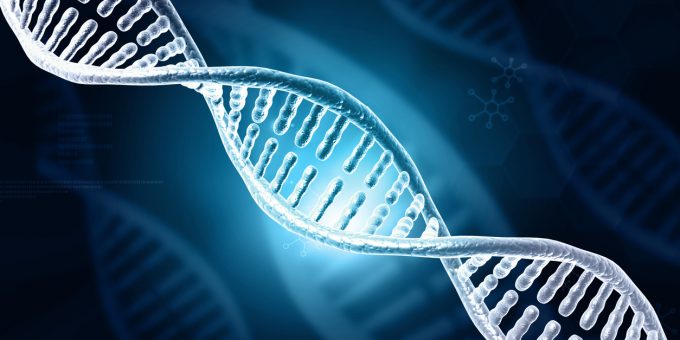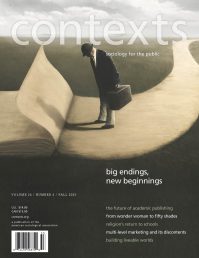
Does ancestry testing reify a "one-drop" vision of race and ethnic identity? iStockPhoto // Rasi Bhadramani
23 and we?
With the explosion of genetic ancestry testing, more and more Americans are connecting with new parts of their ethno-racial identities. But does a White suburban New Yorker finding out they are 4% Cherokee make them Indigenous? If they believe it does, what are the implications for our everyday understandings of racial identity? A new article published in Social Problems offers some answers.
Sociologists Amina Zarrugh and Luis Romero studied 568 YouTube videos in which consumers of ancestry tests “revealed” their results. Given their public, and often performative, nature, these videos offered an ideal dataset for examining how genetic testing services are reshaping how people understand racial identity in their daily lives. Using qualitative analysis, the authors found that consumers of ancestry tests consistently engaged in a process of “genetic racialization” in which they employed a biological and genetic understanding of race and ethnicity to reconstruct their racial identity based on statistical percentages rather than culturally resonant definitions of group membership. For example, while 41% of the YouTubers described feeling as though their test results revealed their “true identity,” only 25% contextualized these findings within American history or culture.
After decades of social science and humanities scholarship emphasizing the social construction of racial and ethnic categories, these findings offer several important, and challenging, implications. Acutely, they suggest that a “blood quantum” understanding of race may be regaining popularity through genetic ancestry testing. And when a genetically deterministic definition of race helps individuals feel connected to an identity outside their lived experience—that is, when natural science offers a pathway to a form of group membership—it pushes us to consider broader questions about the potential limitations of social scientific conceptions of race.
